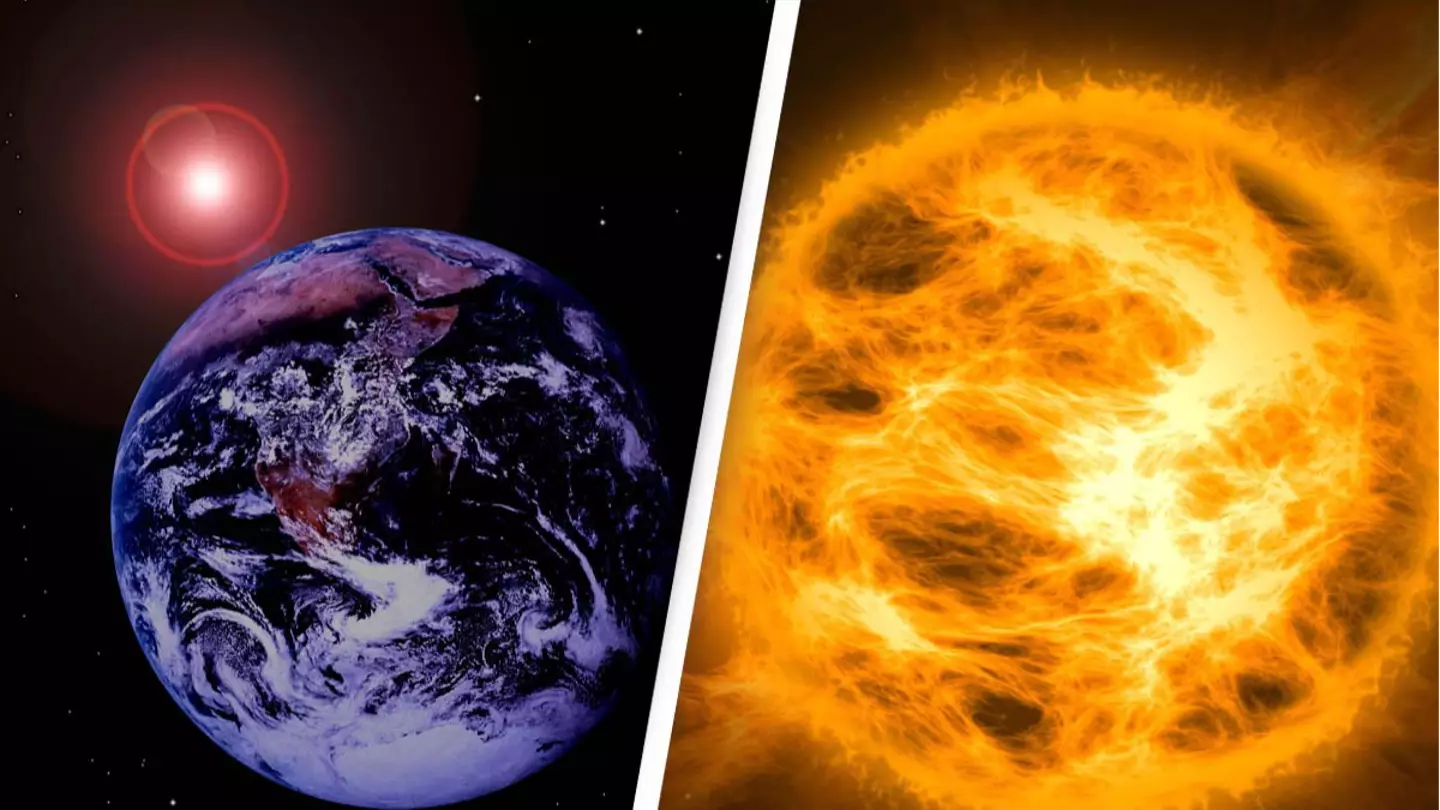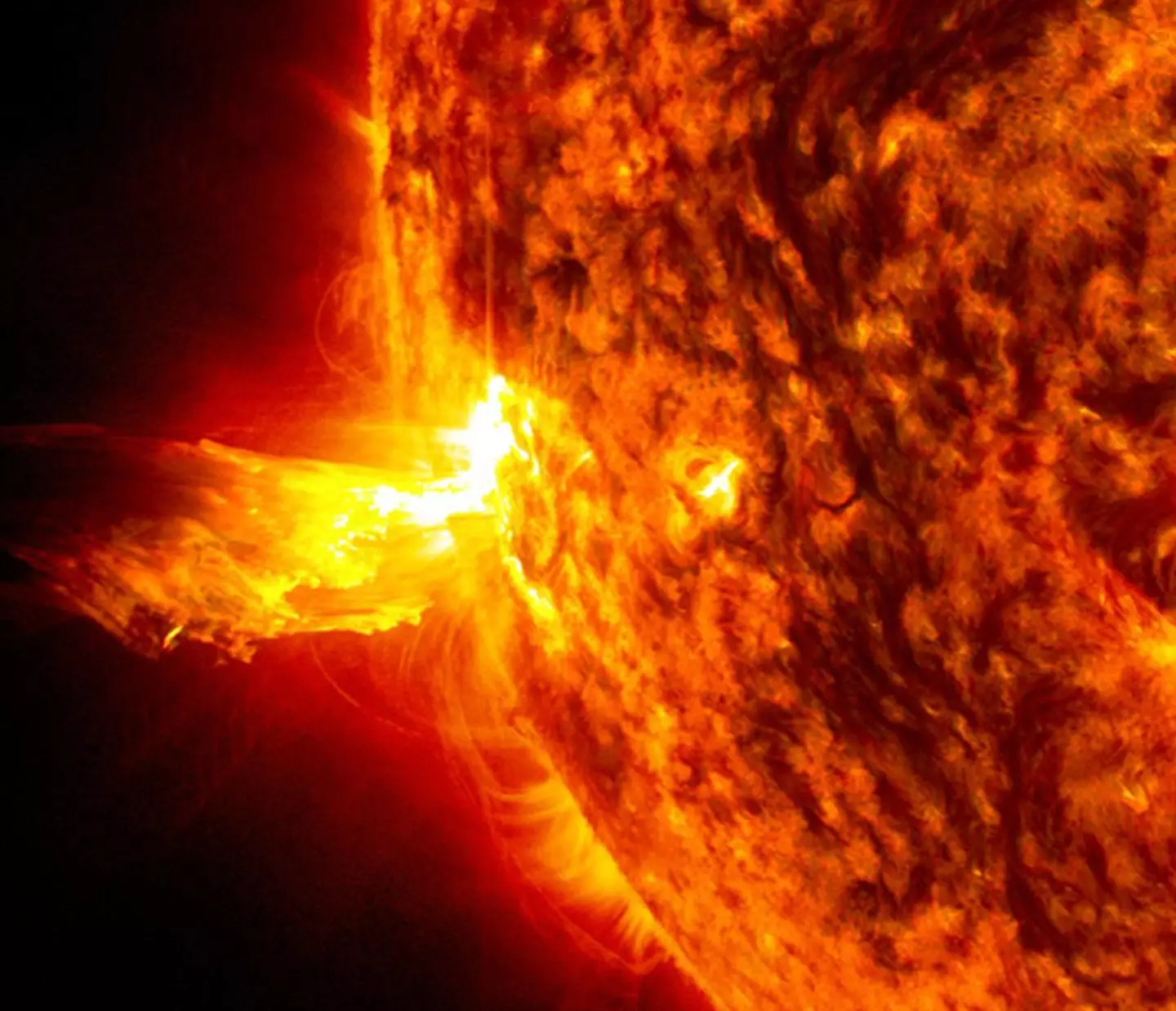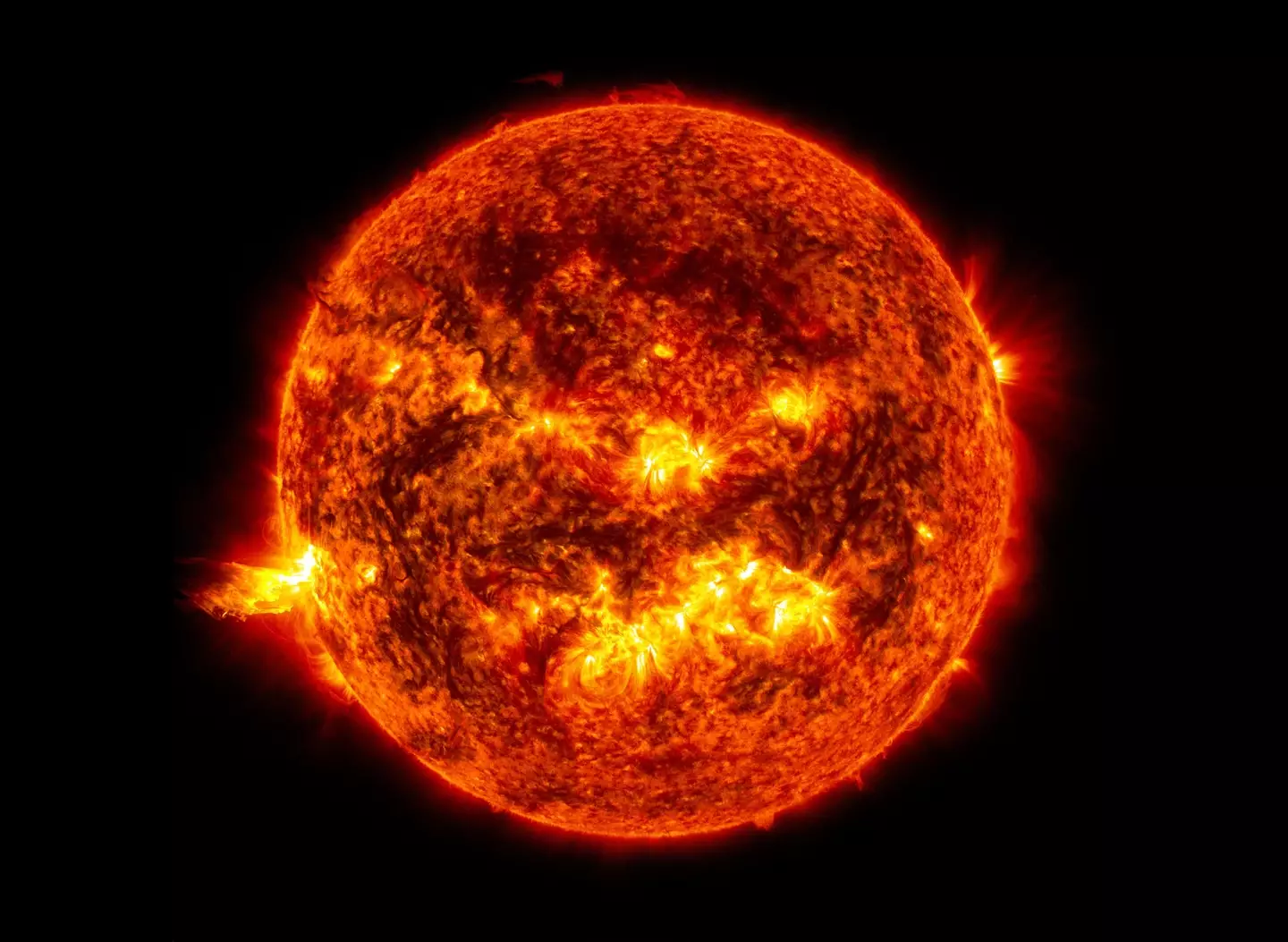
A solar explosion, known as a coronal mass ejection (CME), may deliver a 'glancing blow' to Earth's magnetic field later today.
According to reports, the CME was said launched into space three days ago from an erupting filament on the sun.
A CME can cause solar storms if the explosive burst of charge heads directly towards Earth, hitting its magnetic field.
Advert
Reports from Spaceweather.com suggest that the CME 'will pass close to Earth and might deliver a glancing blow to our planet's magnetic field' after being hurled into space three days ago.

According to NASA, 'The CME is like the cannonball, propelled forward in a single, preferential direction, this mass ejected from the barrel only affecting a targeted area'.
CME's can also help create auroras, also known as the Northern and Southern Lights, by reacting with oxygen and nitrogen which jostles the planet's magnetic fields and sends particles down to the North and South pole.
Advert
As reported by the Express, the CME could spark a solar storm but this has not been confirmed.
However, if the potential storm does occur it would likely be given a G1 warning by the US Space Weather Prediction Center.

The US National Oceanic and Atmospheric Administration, which the prediction centre is part of, classifies storms on a five point scale, as per Newsweek.
Advert
GQ is a storm with the potential for minor impacts of satellites and power grids, while a G5 could severely impact these resources.
It is rare for a storm to so severely impact power grids, however, in the 1959 the Carrington Event caused severe damage to telegraph stations.
Entrepreneurial engineer Samuel McGowan had been overseeing the construction of Australia's first experimental telegraph, which spanned across Melbourne and Williamstown (18km).
By 1859, Melbourne was connected to places like Sydney and Adelaide but soon, something strange occurred.

On August 29 and September 2 that year, McGowan told parliament officials that the transmission on the telegraph was being impacted by electrical currents, as per ABC.
Advert
What McGowan has noticed was the fallout from the Carrington event.
The Carrington event is thought to be the most powerful solar storm recorded in history and it was said to spark fires around the world.
The storm disrupted telegraph systems and created auroras in Queensland.
While no such storm has since been recorded, it has left many wondering what would happen to our satellites, power grids and planet if another hit today.
Advert
If you have a story you want to tell, send it to UNILAD via [email protected]
Topics: NASA, Space, Technology, World News, Weather
